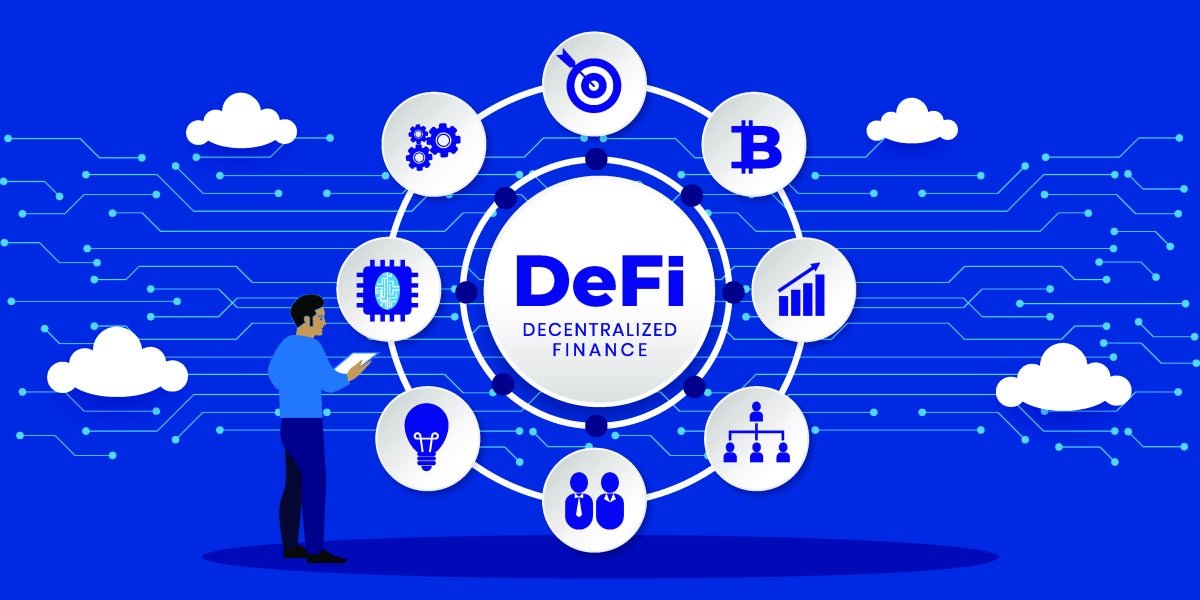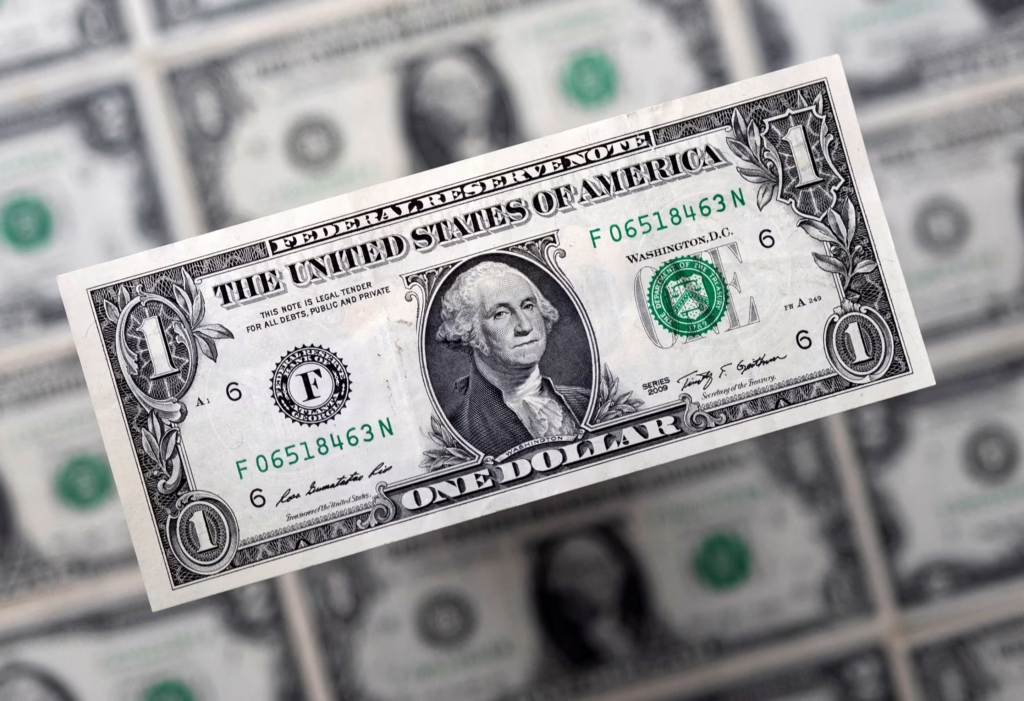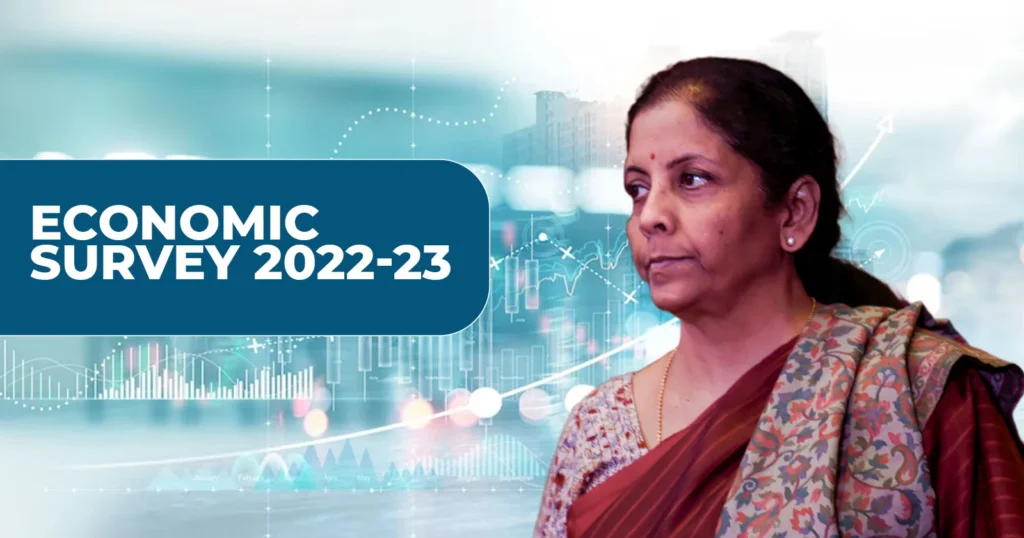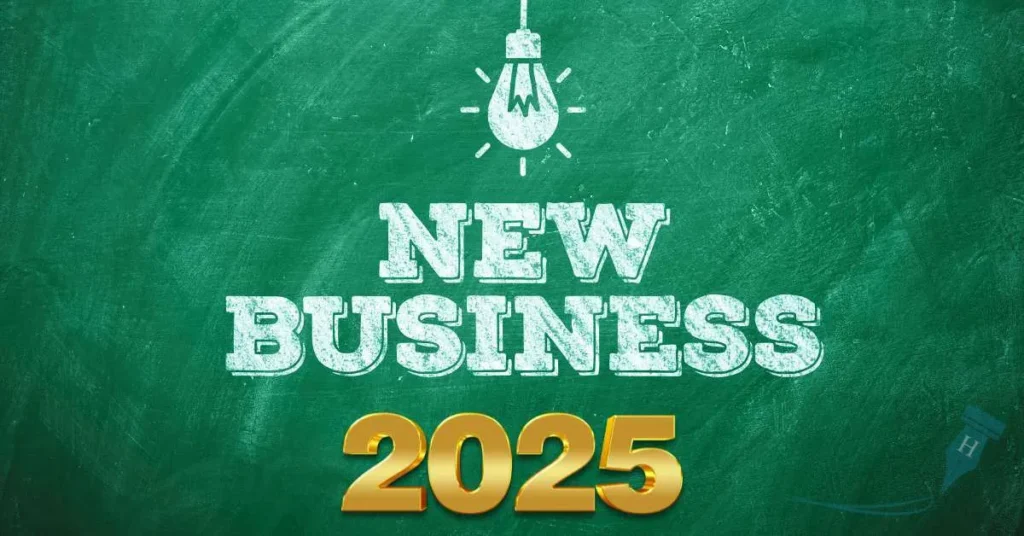
In recent years, Decentralized Finance, popularly known as DeFi, has emerged as one of the most disruptive innovations in the financial world. By leveraging blockchain technology, DeFi aims to democratize access to financial services, removing intermediaries like banks and empowering individuals to have full control over their assets. But what exactly is DeFi, and how does it work? Let’s dive in.
What is DeFi?
DeFi stands for Decentralized Finance, an ecosystem of financial applications built on blockchain networks, primarily Ethereum. Unlike traditional financial systems, which rely on centralized entities like banks, DeFi operates on decentralized protocols and smart contracts. These smart contracts are self-executing agreements written in code, ensuring transparency, security, and automation without the need for a middleman.
DeFi encompasses a broad range of financial services, including lending, borrowing, trading, insurance, and savings. The primary goal is to make financial services accessible to anyone with an internet connection, regardless of geographic location or socioeconomic status.
How Does DeFi Work?
The core of DeFi lies in blockchain technology and smart contracts. Here’s a step-by-step explanation of how it works:
1. Blockchain as the Foundation
DeFi platforms are typically built on public blockchains like Ethereum, Binance Smart Chain, or Solana. These blockchains provide the infrastructure for transparency, immutability, and decentralization.
2. Smart Contracts
Smart contracts are the building blocks of DeFi. These are pieces of code deployed on a blockchain that automatically execute predefined actions when specific conditions are met. For instance, a lending smart contract may automatically release funds to a borrower once collateral is deposited.
3. Decentralized Applications (dApps)
DeFi services are accessed through decentralized applications (dApps), which provide user-friendly interfaces for interacting with the underlying blockchain protocols. Popular examples include Uniswap (for decentralized trading), Aave (for lending and borrowing), and MakerDAO (for stablecoin issuance).
4. Tokenization
DeFi often uses tokens, which are digital representations of assets. These can include:
- Utility tokens: Used to access specific features of a platform.
- Governance tokens: Allow users to participate in decision-making processes.
- Stablecoins: Cryptocurrencies pegged to stable assets like the US dollar to minimize volatility.
5. Peer-to-Peer Transactions
DeFi eliminates intermediaries, enabling users to transact directly with each other. Whether it’s lending money, trading assets, or earning interest, transactions occur on a peer-to-peer basis.
Key Benefits of DeFi
- Accessibility: Open to anyone with an internet connection.
- Transparency: All transactions are recorded on a public blockchain.
- Interoperability: DeFi protocols can integrate and interact with one another seamlessly.
- Control: Users retain full control over their funds.
Risks to Consider
While DeFi offers numerous advantages, it’s essential to be aware of the risks involved:
- Smart Contract Vulnerabilities: Bugs or exploits in code can lead to significant losses.
- Market Volatility: Cryptocurrency prices can be highly volatile.
- Regulatory Uncertainty: The legal landscape for DeFi is still evolving.
- User Error: Mistakes in using DeFi platforms can result in permanent loss of funds.
Conclusion
Decentralized Finance is revolutionizing the way we think about and interact with money. By leveraging blockchain technology, DeFi eliminates traditional barriers, providing a more inclusive and transparent financial system. However, as with any innovation, it’s crucial to approach DeFi with caution, understanding both its potential and risks.
If you’re new to DeFi, start small, educate yourself, and explore its vast ecosystem to unlock the future of finance.







